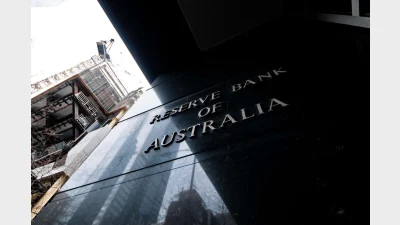Super funds growth highest since GFC


Super funds are on track to deliver their highest calendar year returns since the global financial crisis (GFC) in 2013, according to SuperRatings.
The median super balanced option gained 1.8 per cent in October, bringing the return over the first four months of this financial year to 6.9 per cent.
The 2013 calendar year to date return now sits at 14.1 per cent, the highest return since the GFC. It is on par with 2005 levels, assuming markets remain flat for the rest of the year.
An initial $100,000 invested in 2003 would have increased by just over 66 per cent to $166,229 after four years, just before the onset of the GFC in 2007. At its lowest point in 2009, a member's balance would have fallen by 25 per cent to $124,627.
But super funds' recovery since that point has been 57 per cent. A $100,000 balance in 2003 accumulated purely by investment earnings and excluding contributions would now be 95 per cent higher at $195,265.
"Over a 10-year time period, where investors have been faced with both the bull markets of the early 2000s and bear markets during the troughs of the GFC, Australian superannuation funds have continued to deliver returns of 7 per cent per annum, some 4 per cent above prevailing inflation," SuperRatings founder Jeff Bresnahan said.
"For members who have some time until retirement, this history of longer term performance should provide comfort that funds continue to meet their long-term objectives."
Recommended for you
Governor Bullock took a more hawkish stance on Tuesday, raising concerns over Trump’s escalating tariffs, which sent economists in different directions with their predictions.
Equity Trustees has announced the appointment of Jocelyn Furlan to the Superannuation Limited (ETSL) and HTFS Nominees Pty Ltd (HTFS) boards, which have oversight of one of the companies’ fastest growing trustee services.
Following growing criticism of the superannuation industry’s influence on capital markets and its increasing exposure to private assets, as well as regulators’ concerns about potential risks to financial stability, ASFA has released new research pushing back on these narratives.
A US-based infrastructure specialist has welcomed the $93 billion fund as a cornerstone investor.












